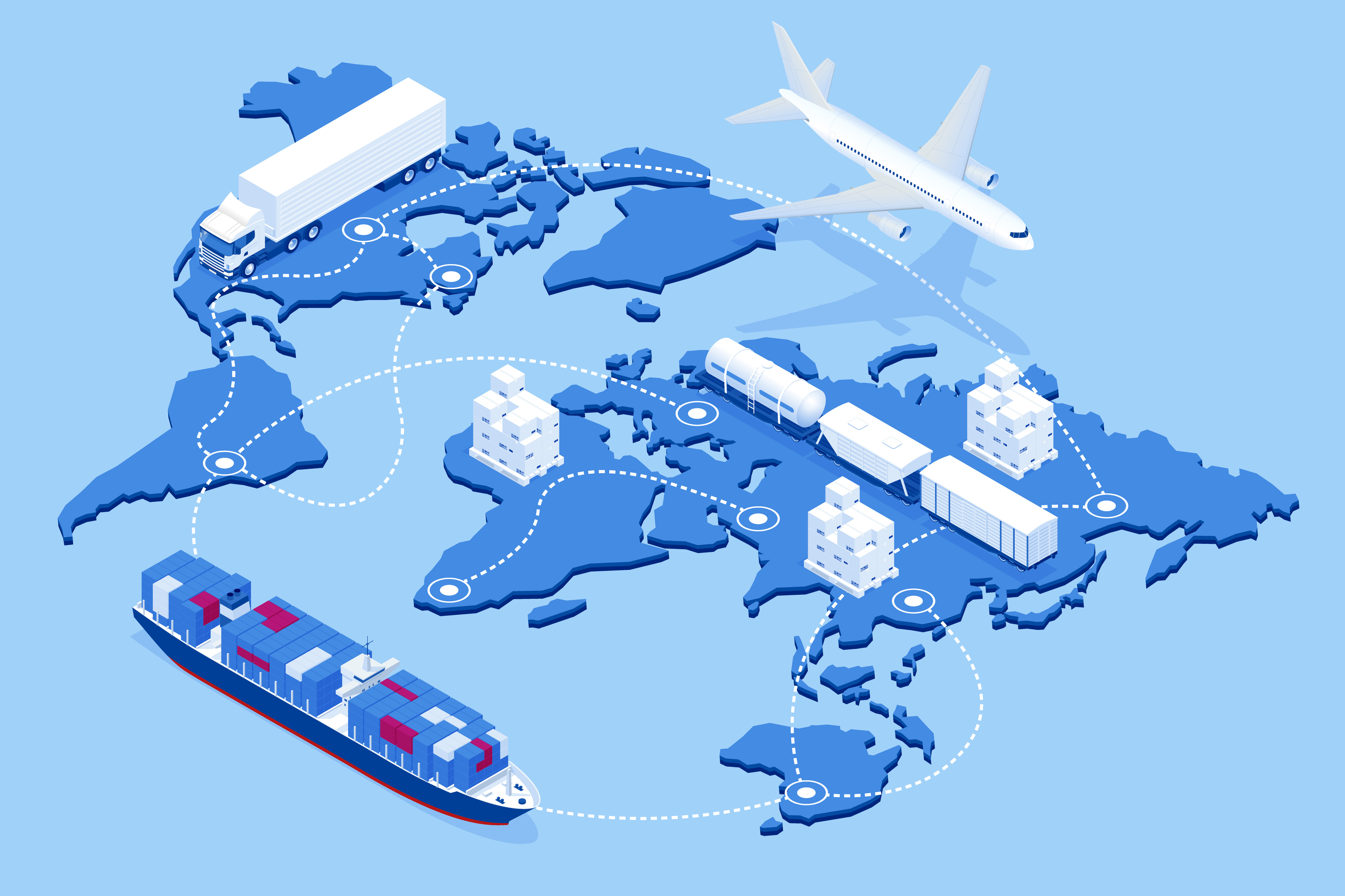
Anyone engaging in international trade will need to familiarise themselves with classifications and commodity codes.
In the next of our series of trade explainers, the Daily Update sat down with Matt Vick, academy trade and customs specialist at the Institute of Export & International Trade (IOE&IT), to ask what you need to know about this crucial aspect of trade.
What do we mean by classifications?
Classifications relate to the process through which overseas traders choose commodity codes to ensure they declare the correct product, and pay the correct amount of customs duty and import tax. Depending on the incoterm used, customs duties and VAT can be paid by either the importer or exporter, so while there are no export taxes in the UK, exporters should be careful to check what terms they have agreed to – see our guide on incoterms for more information.
Commodity codes are internationally recognised numbers which describe a specific product, and there are codes for almost every type of item. Different products will attract different rates of duty, depending on the item and country in question.
For further information about classification fundamentals, you can watch a preview of our 'How to classify your goods' course.
What do exporters need to know about choosing commodity codes?
The most important thing is that any code must be correct, and accurate for the goods you are exporting or importing. Anyone intentionally using a particular code to attract a lower duty rate is committing fraud. There are thousands of commodity codes but choosing one is not as daunting as it sounds as it follows a logical process. This can be done through the government’s Trade Tariff tool.
For exports, remember that you only need an 8 digit code, rather than the full 10-digit code required for imports.
It’s important, too, to ensure you pick the code that you think is right; just because a supplier or customer has used a particular code doesn’t mean you have to follow. The intended use of an item can sometimes give rise to different codes too, and this can differ between supplier and customer. Codes will most often be based on finished products rather than any sub-components, although there are also codes for part-finished items such as a car engine.
How can I check I’m using the correct code?
Anyone not clear about which code they should be choosing can get in touch with HMRC to obtain an Advance Tariff Ruling. This will ask for very detailed information and HMRC will then come back with a code. This then becomes binding, and will provide a cast-iron defence if the business is ever audited, as long as all information given was correct.
It is possible, too, to get advice from consultants or freight forwarders, but they will only be able to recommend the use of a particular code, with the ultimate responsibility still resting with the exporter or importer.
Is it worth checking with HMRC anyway?
Yes, a lot of people don’t do this, and more probably should. HMRC has expressed a clear intent to move towards an auditing system and away from border checks, so they will want to see people having audit trails, and part of that is having confirmation that the code is correct. Certainly, for any new code you use it’s worth checking, and it’s a free service that can give peace of mind.
Do codes change over time?
Codes are updated once a year. This goes back to the structure of the code; a full code is 10 digits, and the first six form part of the Harmonised System code. These six digits are updated at World Customs Organization level, around the end of December or start of January each year. Codes are usually published on gov.uk, and the Integrated Online Tariff site also allows people to search for and find commodity codes. You can see our guide to using the site effectively here.
If a code doesn’t work when you or your broker are submitting a customs entry, it will be rejected and that might indicate that a code has changed. When codes change, they generally stay similar to the old one, so it’s likely that you’ll be able to enter the first six digits and identify the new one,
When would someone first need a code?
If I was to get an order from overseas, I would look to confirm the contract and, as part of that,do the classification. This is because this will determine any duty and VAT rates (or the equivalent taxes in the destination country), so you’ll need to work out how much it is going to cost you to fulfil the order. It should certainly be done before you ship any goods.
Another thing to bear in mind, depending on the country or product, is the possibility of sanctions, and again this will be determined by the commodity codes. If you’re dealing with a country under sanctions, you will have to confirm the commodity code first so you can use this to apply for an export licence.
Following this, you will need your commodity code for the export customs declaration, which is where all of your prior work will come together and allow you to ship the goods out of the UK.
Matt Vick is one of several IOE&IT trade and customs experts who will be running trade clinics at the IOE&IT’s MemberCon23 on 5 July in Liverpool. Come along and get your own trade challenge solved, or help others solve theirs. For more details, or to register, visit MemberCon23



